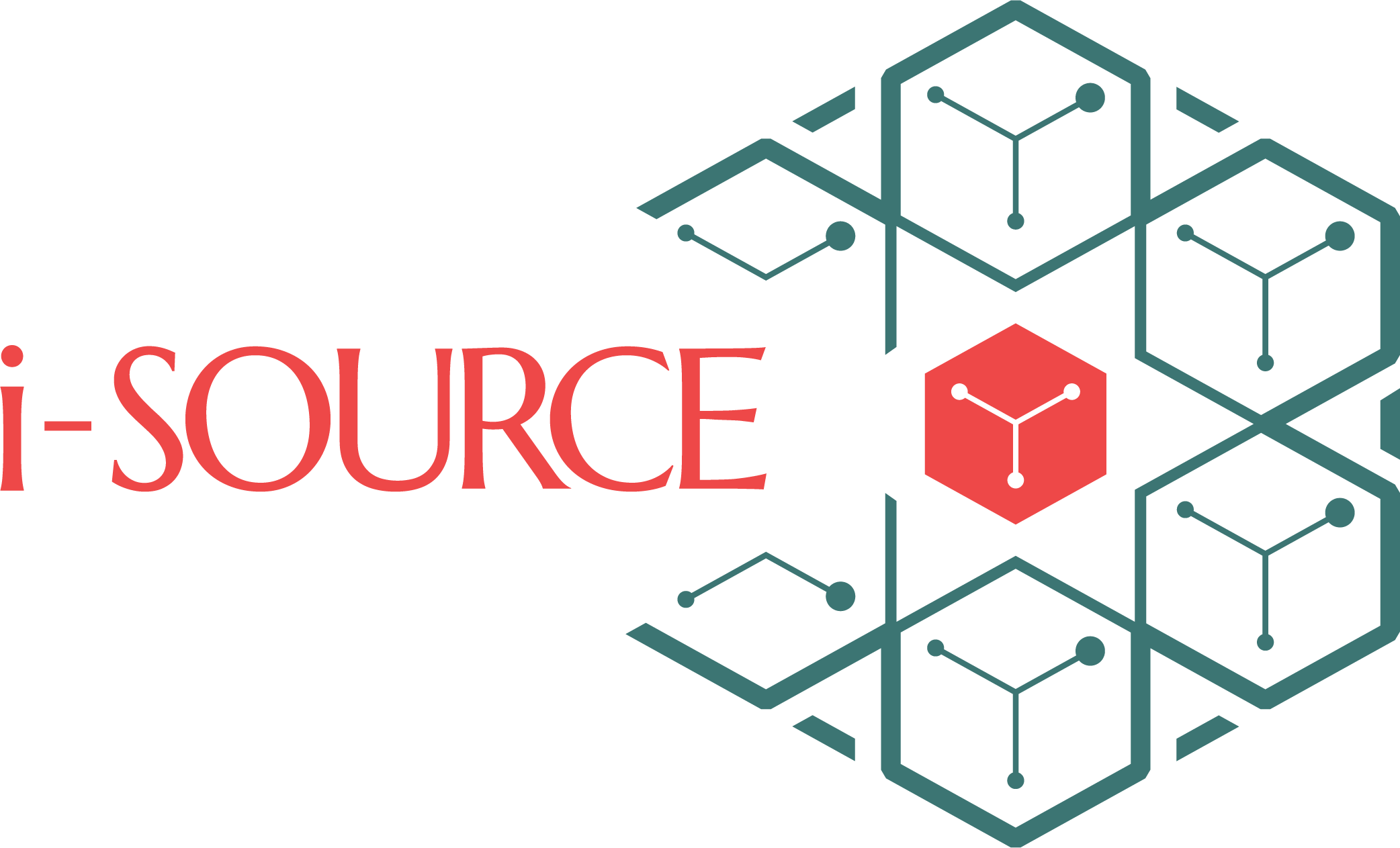Growing Relevance of Application Integration
Background
Innovation in business is gathering speed by the day. Businesses are increasingly responding to the need for innovation via digital transformation. Digital transformation is about changing the way business has been conducted into completely unheard-of ways. Newer types of applications are coming up to meet these needs. From the traditional desktop based on-premises type developed by software companies to the low-code / no-code, mobile or Cloud based ones.
This multitude of business applications is leading to further fragmentation of data, causing non-optimal use of these mountains of information, thanks to disparate storage, management, processing and presentation. Data is everywhere. It is the foundation on which digital transformation is based. But these huge quantities of information are often in disparate locations spread across a variety of applications.
This reduces the net value of the data, and increases associated costs, as it is not available when required, and in the form required. To address issues resulting from this fragmentation, it is essential that various data sources are unified, and that the enterprise examines business data in a unified manner. Therefore, integrating disparate applications to avoid regeneration and reprocessing has become one of the most important aspects of digital transformation.
What is Application Integration?
There are several definitions of this term, but it broadly refers to the process of getting disparate applications developed by different software companies to work together, leading to efficiencies in the system that reduce costs and enable new insights into data, which were not previously available.
It is essentially a framework comprising a set of technologies and services that constitute the “middleware” that enables the integration of applications within an enterprise. It helps unify and automate business processes without having to make drastic modifications to existing applications. Application integration enables interoperability between disparate software. It also helps organizations shift to new technologies quickly and easily, which increases productivity.
Application Integration has the potential to simplify, streamline and transform business processes. It enables applications to exchange data with one another, creating interoperability between disparate systems. It also helps enterprises shift to new technologies quickly and easily, which increases productivity.
Application Integration vs Data Integration
Data Integration is the method of accessing and collecting data from various sources to blend it into a unified whole for further processing. Processing mostly happens in batches, at times in real-time. Data integration happens post-facto, once processes have been completed. Thus, administrators get the necessary insights required to evaluate application performance and refine their functionality to ensure data quality.
In contrast, Application Integration directly connects various applications functionally, so data is synchronized in almost real-time.
Application Integration strategy
In the past, methods such as Point-to-Point or ad-hoc integration have been used to achieve integration between applications. However, given the drastically changed technology landscape, more sophisticated integration methods are now essential. Ad-hoc strategies result in disparate solutions focused on functional silos, leading to redundant investments and higher maintenance. Designing a well-defined application integration strategy is an essential step. A ground-up architectural approach is essential to make best-fit decisions.
Selecting a method of communication appropriate to your infrastructural set-up is the first step in the strategy. Weighing the potential risks is the next step – data structure incompatibility leading to data quality issues, security-related issues or data duplication, for example. Finally, it is vital to measure the effectiveness using pre-set metrics – investments, returns, and benefits.
Application integration operates at four standard levels:
- Presentation-Level Integration: unifies different applications into one, uses middleware technologies to collect information
- Business Process Integration: organize and prioritizes workflows, improves efficiencies, reduces errors, streamlines data flow
- Data Integration: exchange of data between applications through a variety of models
- Communications-Level Integration: the actual method / process used to achieve data integration using Application Programming Interfaces (APIs). API’s enable applications to “speak” with each other in a “language” each can understand. API’s employ different methods to facilitate data transformation:
- Point-to-Point – applications send and receive requests directly from each other
- Hub-and-Spoke – uses centralized middleware to manage data transformation and routing
- Enterprise Service Bus (ESB) – each “spoke” of the hub-and-spoke model processes requests separately, while the “hub” handles routing tasks
Together, these constitute the Application Integration solution.
The RoI of Application Integration
Application Integration can make an enterprise more efficient, and it could also end up costing a huge amount by not delivering significant value. Like with any other technology investment, a CIO wishing to embark on an Application Integration initiative would first need to demonstrate its potential for RoI. Application Integration can account for a large chunk of the overall IT budget. It could cost more upfront, but if done correctly, the payback can be early and substantial. Overall returns are at operational and technology levels, both measurable and intangible.
Benefits of Application Integration
Application Integration is the simplest way to modernize the technology infrastructure and enable business agility.
As enterprises move their infrastructures to the cloud, the functional and technological gaps between the applications that have been moved to the cloud and the traditional on-premises ones keeps widening. Thus, the data fragmentation issue becomes more severe. With Application Integration, there is a seamless unification of disparate functionalities, effectively generating new possibilities. Prominent benefits include:
- Richer customer experience
- When disparate applications across the enterprise get connected, customers that use these applications enjoy highly engaging and consistent digital interactions across multiple channels, which translates into enhanced customer loyalty.
- Better value of data
- Once applications are unified, accurate data across systems is visible and accessible in real-time across applications, globally. Technology managers can thus detect issues as they happen and take due action. Decision-making becomes more informed and comprehensive.
- Higher operational efficiencies and scalability
- Richer data insights lead to better operational efficiencies. Since application are connected at the integration level, each application continues to function as designed; any changes to better performance happen at the level of the individual application, so the entire system does not have to be redesigned from the ground up. Rapid operational scalability is the result. Application Integration simplifies and optimizes IT processes, enhances their effectiveness.
- Simplified IT experience for internal users
- A direct impact of integration is that user experience of systems is simpler – re-entry is reduced or eliminated, data is current, and the impact of data in one application is visible in other, connected applications. Teams access information without having to move across departments, saving time and improving productivity, boosting satisfaction and collaboration. End-users are spared the effort of learning new applications, can continue to use familiar tools.
- Faster processing, lower operational expenses
- Work now happens concurrently, hence faster. Need for manual data collation is reduced, errors and rework are eliminated, the overall savings in time translates into big cost savings and improves operational capacity.
- Clearer visibility into opportunities
- When departments and functions are connected, better quality data is available and accessible, new or hidden business opportunities become visible.
- Advantages on the technology front
- Lower development and maintenance costs as it is possible to focus on functionality of individual applications, faster deployment of new features. There is lower risk of failure during system upgrades, architectural complexity is reduced, and there is improved scalability and reliability in IT Infrastructure.
- Freedom from OEM roadmaps
- With integration, the enterprise technology landscape considered in totality, becomes plug-and-play environment. Since individual applications function independently, it is simpler to replace applications with suitable alternatives without worrying about the effect on the overall system. It frees up enterprises from following the product roadmaps of OEM, which is a common issue with technology providers.
Trends in Application Integration
- Enterprises are speeding up the shift to the cloud. However, most are still some distance away from being completely cloud-based. Given this hybrid model which will continue to be in vogue for some time, integration of on-premises applications and cloud applications will only grow.
- Analytics are increasingly becoming a part of Application Integration strategies. Runtime analytics give far deeper insights into data, faster. The use of Analytics is expected to become an inseparable part of Application Integration going forward.
- As more and more enterprises implement cloud migrations, cloud-based integration is accounting for a larger share of the Application Integration pie.
- With rising availability and popularity of newer no-code and low-code tools, the “citizen developer” tribe is growing. Choice of technologies was predominantly the domain of the technology team, but that is fast changing. Increasingly, non-technical staff are getting involved in technology decisions pertaining to their business functions.

